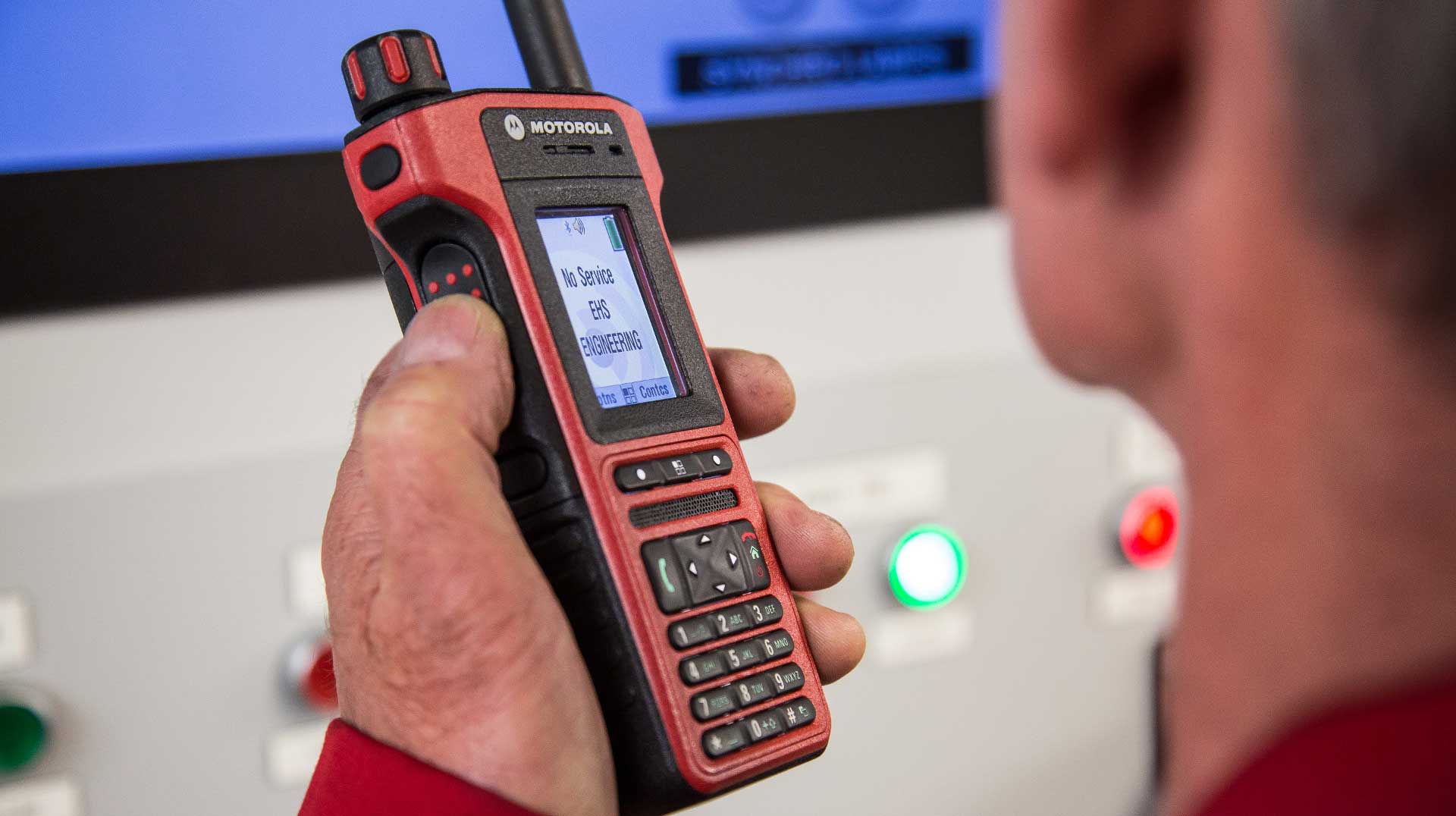The ownership of any geographic information system (GIS) datasets is a heavy load to bear, especially because there is a ton of knowledge that goes into accurate data development. The same is true for any large datasets, regardless of whether they are GIS or their knowledge is not coming from a single source. Public safety GIS datasets are no different. That means the more knowledge sources that feed into a specific dataset, the more powerful it can become.
One of the most powerful contributors to a GIS database is you. Now before you call me crazy and start thinking you don’t know a darn thing about GIS, let alone how to assist in its development, take a second to really think about it – you are an expert in your field even though you may not see it right now, and you have some key knowledge that can feed back into the GIS database to make it even better than it was before. Essentially, anyone who uses GIS data can assist in its development. It all starts with communication.
Communication is Key
Have you ever gotten directions from someone to your favorite restaurant across town and you realize that actually isn’t the fastest way; this other road will get you there way quicker? If you have expert knowledge of an area that is more accurate than the information you’re seeing on your screen, well then you have the information that could make a GIS-based system such as routing that much more accurate.
This is no different in public safety solutions. However, what you may not know is that public safety GIS data is utilized for a myriad of other solutions. That’s why communicating ways to make the data more accurate helps other public safety applications that use the same GIS datasets. This includes the accurate naming of streets, business or other important areas. Location changes to addresses or landmarks, or even enhancements such as recommending a new trail system should also be added to the GIS database. These are just a few examples of data communications where accurate information is critical. There is so much that each one of us can do to build up our team’s GIS data to better serve our community. And the best part is, you don’t even need to know how to spell ‘GIS’ to contribute!
Communication is everything, and knowing who you need to communicate with is the first step in being able to assist in growing your GIS database. No, you didn’t read that last sentence wrong – it is YOUR data. GIS data works for you everyday to improve some part of your life. Whether it’s providing you with driving directions or pinpointing your location in the event of a crisis, GIS data is there for you. That’s why I believe it’s so important for you to be a contributor to its growth and accuracy.
If you don’t know who to reach out to, find out. Typically, communication workflows are in place to recommend enhancements and changes to a GIS Administrator to ensure they receive feedback and requests in an organized manner. If you don’t know what your communication workflow is, or even if you do, go ahead and introduce yourself to your GIS specialist or the person who maintains the data used in your public safety solution. Have a quick chat to see how you can work with them to develop clean, accurate data.
GIS Administrators take great pride in their data and they understand better than anyone that having feedback and recommendations from the folks that use the data everyday is a vital key to success. So don’t delay getting out there to start talking with your GIS Administrator on how we can all build our GIS data to better serve us.
Discover more resources and how to unlock the power of your public safety data.
Stay spatial, my friend.




